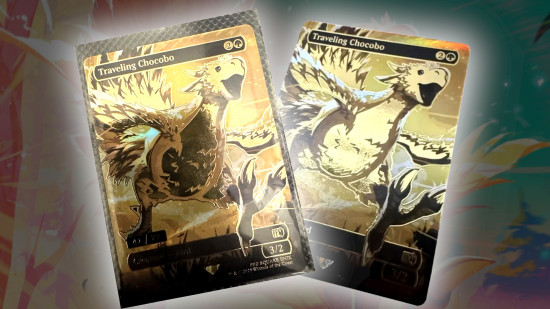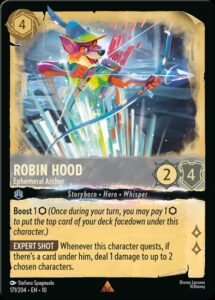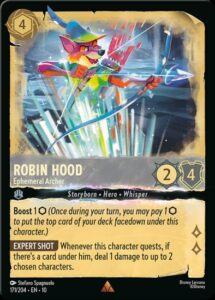In the wide world of Magic: The Gathering, there’s nothing quite as disheartening as discovering that your cherished card is, in fact, a counterfeit. Whether you’ve spent years building your collection or you’re just embarking on this mesmerizing journey, encountering a fake card can feel like stepping into a pool of ice-cold water unexpectedly. Counterfeiters are becoming increasingly savvy, but with the right tools and a keen eye, you can keep your collection pristine and authentic. Here’s a handy guide to help you recognize counterfeit cards and safeguard your collection.
Let’s begin our investigation in the most elementary way: trust your instincts and senses. The texture of a Magic card can be quite revealing. Picture the sensation of shuffling a genuine card through your fingers: it has a matte finish, a subdued grip that feels welcomingly familiar. Compare this with a phony card, which might come across as slimy or disappointingly slick, reminiscent of the glossy menus in a diner rather than a magical booster pack. When in doubt, hold a land card from the same set in your hand to help discern these subtle differences.
Next, let’s channel our inner detectives with a simple light check. Illuminate the card with a flashlight and observe. Authentic Magic cards have a blue core, a defining feature that’s as characteristic as a secret handshake. When light shines through them, it filters with a tranquil, cool hue. If a card seems to obstruct all light or allows it to flow through with the brilliance of a weak cup of coffee, it’s most likely a counterfeit.
Investing in a jeweler’s loupe might sound like a commitment, but trust me, it’s worth it. Think of it as equipping your eyes with a lens that sees the truth more clearly. Strategy enthusiasts describe it as a small-scale lie detector test for cards. When you scrutinize the art and the text box of an authentic Magic card through the loupe, you’ll discover a rosette pattern composed of tiny, circular dots that come together like dainty flowers. In contrast, counterfeit cards often fall short, presenting instead with blurry, inconsistent grids or awkward pixelation.
Another rewarding method to test authenticity is the solid black test. Observe the black ink on the card used for the text, mana symbols, and names. Authentic cards feature a bold, solid layer of black ink, distinct and final. Counterfeits often use a composite black, a muddled mix of colored dots, resulting in a blurry appearance when magnified.
A lesser-known but equally telling sign is the infamous green dot “L” seen on the card back. Zoom in on the green mana symbol, and just within the yellow-green outline, a careful eye should spot a red dot pattern, forming a petite, upside-down “L.” Fakes frequently falter here, presenting misaligned or blurred patterns, a dead giveaway.
While counterfeiters keep evolving, Magic has countermeasures of its own, such as the holofoil stamp introduced in Magic 2015. These stamps are emblems of rarity and mythic rarity and should appear as an integral component of the card, flush with a hidden layer of microtext containing planeswalker symbols or minute mana icons. Counterfeits might come across as awkwardly raised, or reminiscent of a sticker hurriedly applied by a hastily waiting child.
Exercise caution with more destructive methods. Days of bending or tearing cards to reveal a blue core have passed, evolving into a riskier game that, more often than not, only results in damaged collectibles. Modern counterfeiters are wise to such methods, so adopt non-destructive techniques for peace of mind.
Collecting Magic: The Gathering is about more than just amassing cards; it’s a celebration of strategy, lore, and imagination. Protecting your collection from counterfeits calls for patience, observation, and above all, a willingness to learn from experience. Don’t hinge your assessment on a single test. Instead, approach the assessment like a layered cake of fakes detection: involvements in multiple checks like texture, light, and magnifying can help you build confidence in the authenticity of your cards.
By becoming familiar with these methods and developing sharp instincts over time, you become not only a more informed collector but a guardian of the game’s integrity. So arm yourself with your newfound knowledge, and may your Magic: The Gathering adventures be protected by the shield of authenticity.





